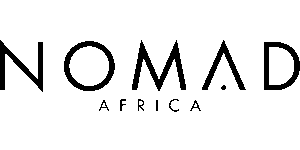
Safari Tours to Liuwa Plain NP
-
![19-Day Wildebeest Safari - the Western Circuit]()
19-Day Wildebeest Safari - the Western Circuit
$4,433 pp (USD)
Scheduled Start DatesZambia: Shared tour (max 8 people per vehicle)BudgetCamping & Lodge
You Visit: Lusaka (Start), Kafue NP, Mongu (City), Liuwa Plain NP, Ngonye Falls (Highlight), Livingstone (City), Mosi-oa-Tunya NP, Lusaka (End)

Zamsato
4.9/5 – 33 Reviews
-
![15-Day Liuwa Plains to South Luangwa National Parks]()
15-Day Liuwa Plains to South Luangwa National Parks
$3,854 pp (USD)
Scheduled Start DatesZambia: Shared tour (max 10 people per vehicle)BudgetCamping & Lodge
You Visit: Livingstone (Start), Ngonye Falls (Highlight), Liuwa Plain NP, Mongu (City), Kafue NP, Lusaka (City), Chipata (City), South Luangwa NP, Mfuwe Airport (Mfuwe), Mfuwe (End)

Adventure Purists
4.8/5 – 15 Reviews
-
![9-Day Zambia's Secret Migration]()
9-Day Zambia's Secret Migration
$17,930 pp (USD)
Zambia: Private tour
Mid-range Tented CampYou Visit: Lusaka (Start), Lower Zambezi NP, Liuwa Plain NP, Lusaka (End)

Purple Nomad Africa
5.0/5 – 13 Reviews

 Zambia Parks
Zambia Parks












